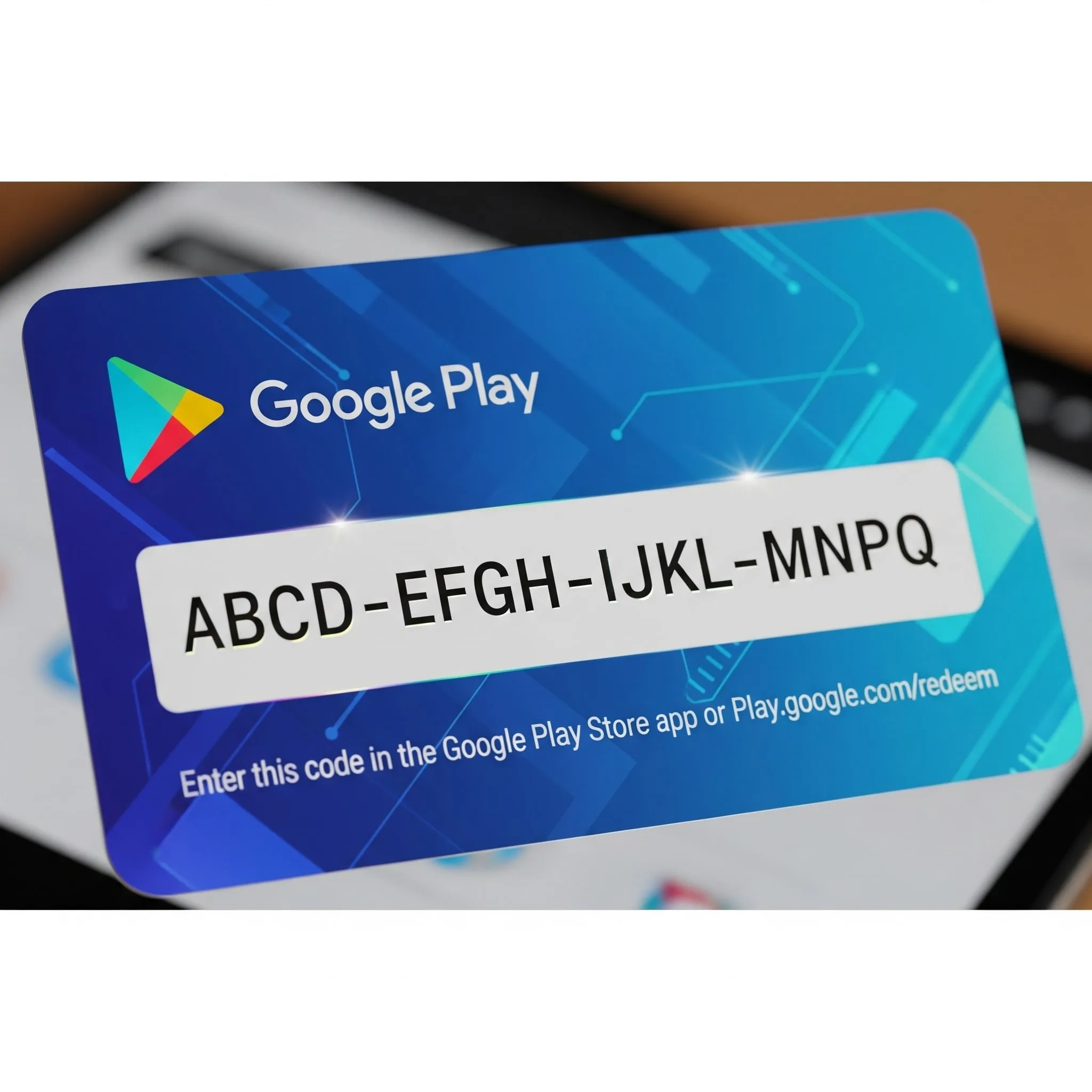Detechtors, a reliable source for leaks, has recently revealed press renders and key specifications of the upcoming Realme Pad 2. The leak is supported by the discovery of model numbers RMP2204 and RMP2205, associated with the Redmi Pad 2, in the databases of Bluetooth SIG and India’s BIS certification platforms. Furthermore, one of the variants has received certification from the FCC, indicating that the official launch of the tablet is imminent.

The Leaked Realme Pad 2
The leaked information suggests that the Realme Pad 2 will be a 4G LTE device, differentiating it from its predecessor, the 5G-ready Realme Pad X. The original Realme Pad was introduced in India back in September 2021. Let’s take a closer look at the specifications that have surfaced for the Realme Pad 2.
Based on the leaked renders, the Realme Pad 2 features moderately thick bezels around its display, striking a balance between thickness and slimness. The top edge of the device houses a power button and a pair of speakers, while the right side is equipped with a volume rocker.

The back panel of the tablet showcases a dual-tone design and a circular camera module located at the top-left corner. The camera module consists of a single camera lens and an LED flash. The bottom edge of the tablet houses a USB Type-C port flanked by two speakers.
According to the leak, the Realme Pad 2 will come with either a 10-inch or 11-inch display. Given its budget-friendly nature, it is likely to feature an LCD screen. The tablet is expected to sport a 5-megapixel or 8-megapixel front-facing camera, along with a 20-megapixel rear camera.

Powering the Realme Pad 2 will be the Helio G99 chipset. The leak suggests that it will be available in three configurations, with the top variant offering 8GB of RAM and 128GB of storage. The tablet is said to house a large 8,360mAh battery with support for 33W fast charging.
On the software front, the Realme Pad 2 will run on Realme UI 4.0 based on Android 13. It will be offered in both Wi-Fi-only and Wi-Fi + LTE variants, providing users with connectivity options that suit their needs.








